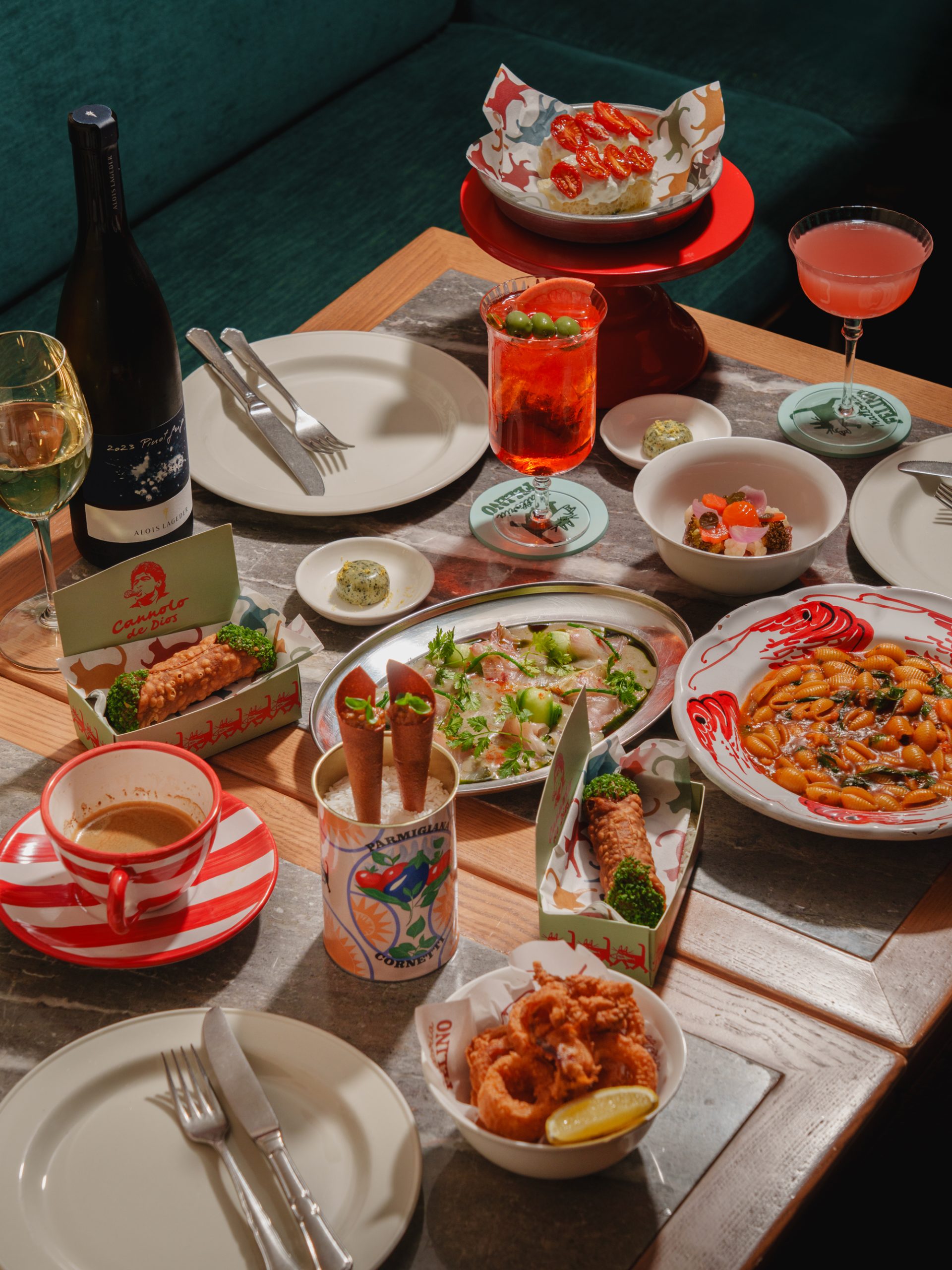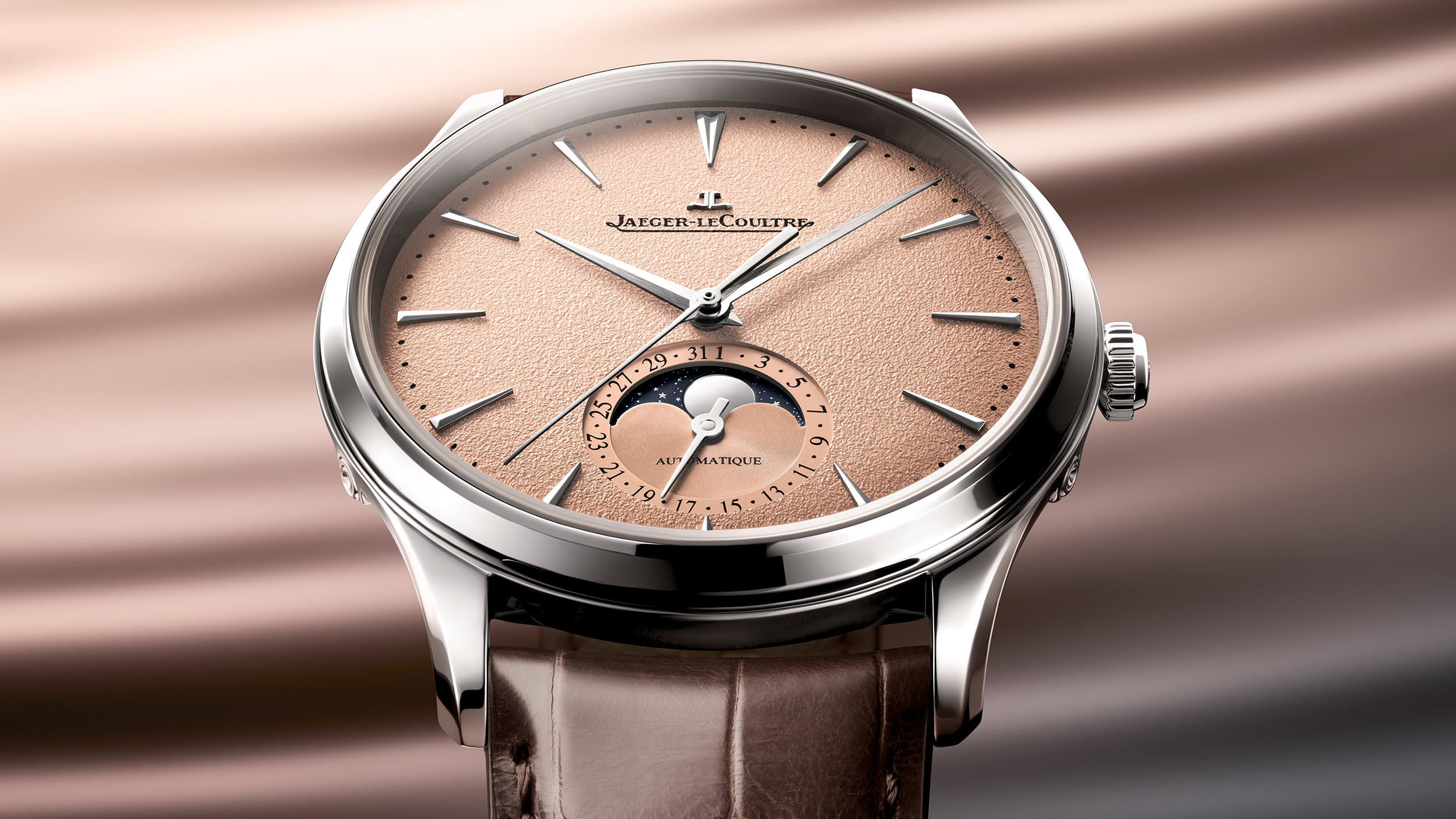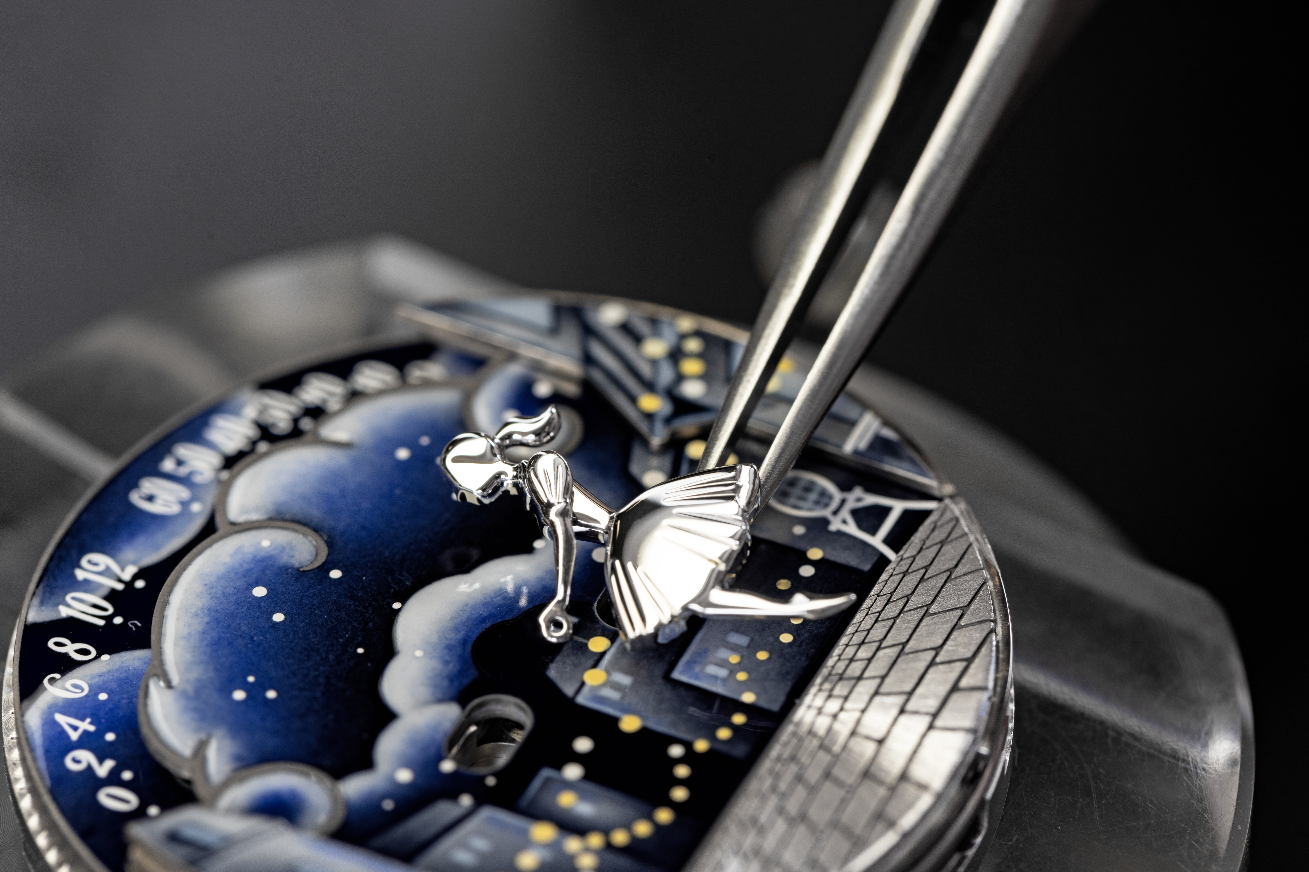With Zentis Osaka as her base, Zaneta Cheng explores the offerings of the city known as the kitchen of Japan
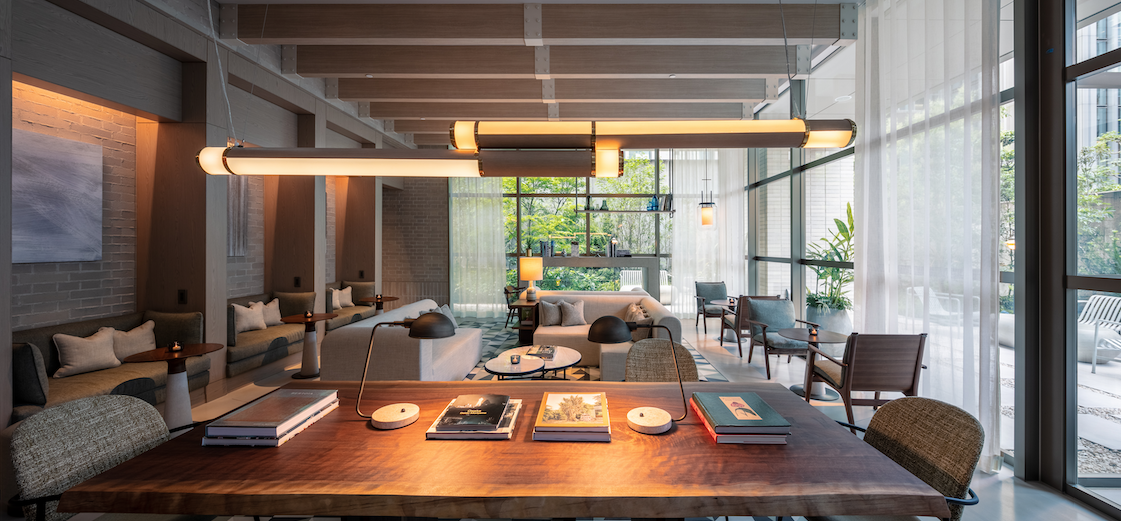
Go to osaka for the food, they say, but in the city of okonomiyaki (savoury pancake), takoyaki (octopus balls in fried batter), kitsune udon (deep-fried tofu simmered in soy sauce and served atop udon soup) and fugu (pufferfish), where does one begin? Zentis Osaka is a good start. Specifically, the katsu steak curry at Upstairz.
Katsu curry is a dish nonpareil. It’s essentially breaded pork, deep-fried and placed atop a serving of Japanese curry and rice or udon. It’s also a uniquely Japanese creation. At Zentis Osaka, the meat is cooked to crisp, juicy, crunchy perfection. Curry in Japan is like most things in Japan – an imported good that has evolved to suit Japanese tastes and been reconstructed such that while elements of the original remain the product has been reinvented entirely. Unsurprisingly, at Zentis Osaka, this dish has been elevated once more. The usually sweet flavours of Japanese curry have been tempered with a stronger, more pungent note, which alongside a small assortment of Japanese pickles goes a very long way to counterbalance the richness of the meat and ensure its bowl is licked clean. At least, that’s how it was for me.

Led by executive chef Shinya Otsuchihashi, celebrated founder of Michelin-starred restaurant Craftale in Tokyo, Upstairz serves French-inspired modern Japanese dishes (my katsu curry was a special add-on to a four-course dinner), which means the food is as pretty as it is delicious. The restaurant occupies most of the second floor of the hotel, with a dining room, open kitchen, bar and lounge, and open terrace stretching across the long, rectangular double-height space. One of the dishes here is thinly sliced abalone, plated with a garden of shiso leaves and shiso flowers, and chilled broth – perfect for hot, humid weather. There’s fish that’s local to the area served in a cream sauce with white asparagus and wagyu with seasonal vegetables.
For cocktails before or after dinner, there’s the bar just to the side of the restaurant. The Japanese touch is ever present, and it extends from the food to the drinks. I order a classic Dark and Stormy. The bartender whips out a ginger-infused dark rum and garnishes my drink with a dried burdock root, which adds an incredible depth of flavour, cutting the molasses sweetness that’s signature to the beverage. Other drinks see green tea and shiso being used alongside yuzu and all manner of unexpected Japanese flourishes. Not that I’ve tried anything else in the city, given it’s my first time here, but the entire dining establishment is saved as a must-recommend.
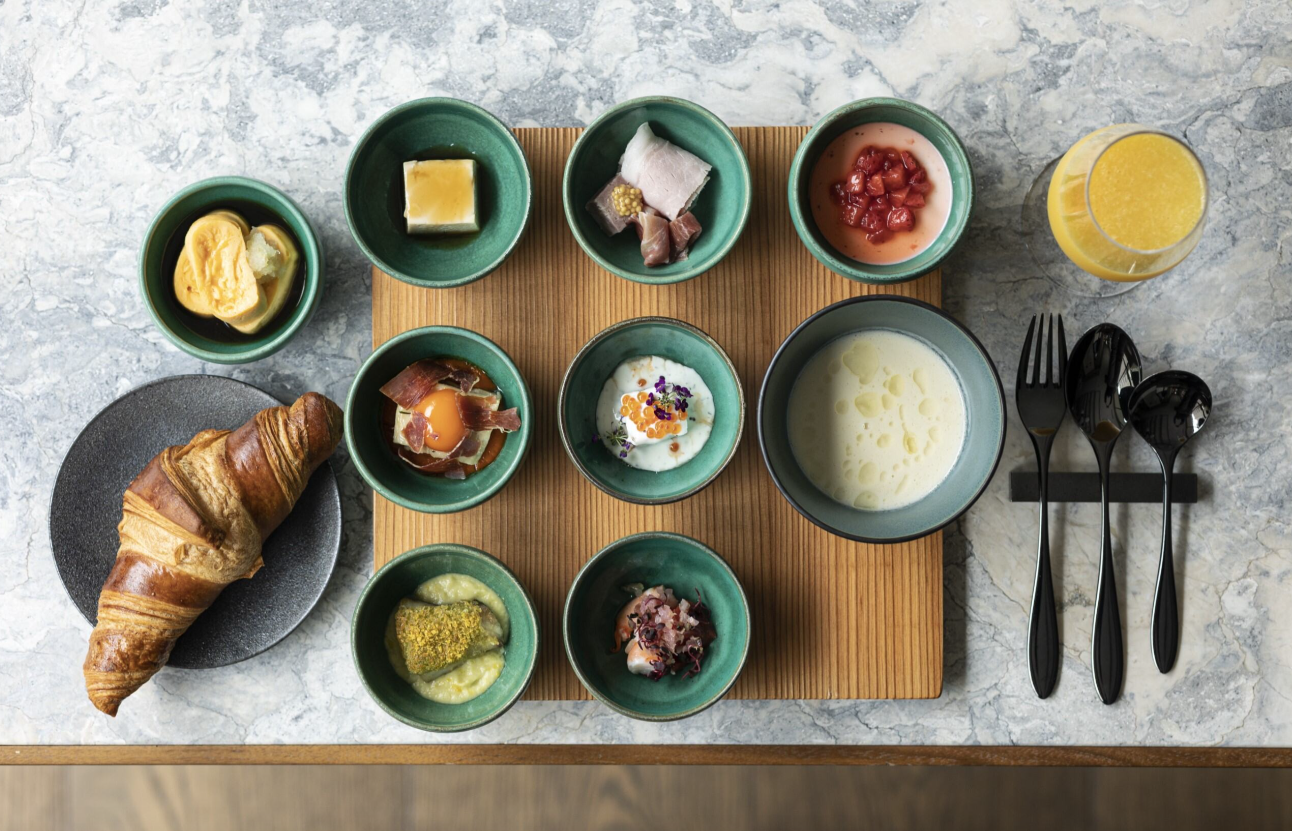
The night ends after one drink because the next day is packed with a full-day tour of the city. I return to my room, which I learn is inspired by a Japanese bento box. A palette of cream and mustard, the room is airy and bright and modular. Designed by Tara Bernerd & Partners, it has only sliding doors and a glass window to separate the bedroom from the bathroom. There’s no closet but waist-height shelving forms a space to hang clothes and place luggage. The bed is massive and livened up with a swirl of Japanese calligraphy above the headboard.
It’s easy to fall asleep and the next morning I make my way to the dining room on the second floor, where we’re served a modern take on Japanese breakfast.
A set of seven small dishes made up of local, seasonal ingredients like cod roe, pickles, rolled omelette, chicken salad and miso soup sets us up for the day ahead.

When our group meets up, everyone is fresh from their night’s rest because, despite the hotel being in downtown Dojimahama, surrounded by restaurants and commercial buildings, it manages to set itself back from the hustle and bustle. The entrance to Zentis Osaka
is framed by lush flora and the reception area has been designed by Bernerd as a quiet urban retreat. A large staircase of blue limestone separates the reception area from the lobby lounge, where a double-sided fireplace grounds the space. A modern take on a country living room, the space opens to an enclosed garden space, separated from the interiors with floor-to-ceiling windows that add an element of zen.
It’s a welcome feature of the hotel given the cornucopia of excitement Osaka has in store. Our first stop is Kuromon Ichiba Market, one of the city’s busiest markets where fugu sashimi is served next to grilled baby octopus, freshly shucked oysters and sticks of fresh fruit. Behind all the stands are storefronts where the freshest produce of the day is also sold. But that’s not all there is. At more local markets like Karahori Shotengai, tucked into streets that locals frequent, little unmanned stores selling second-hand kimono via an honour system are mixed in between generations-old seaweed product shops and a very well-known bonito shop where a decades-old industrial machine flakes a bonito fish for customers right before their eyes.
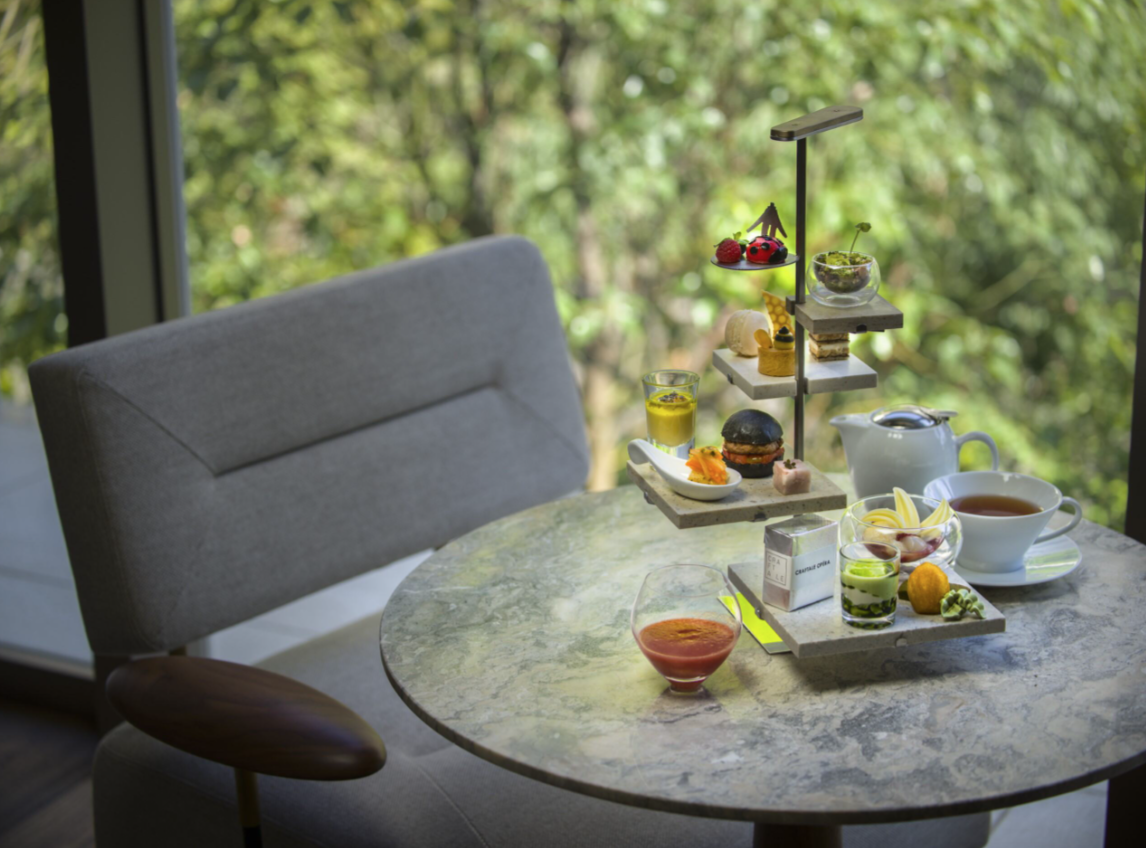
We’re at this market primarily for lunch, at a quintessentially Osaka-style okonomiyaki restaurant, which has fed famous folk from all over Japan and Asia based on the number of signatures they’ve collected and pasted to the walls. Sizzling plates of saucy savoury pancakes with octopus and other fillings come out. It’s juicy and tangy and tastes of the sea. There are fried noodles and bonito flakes on cuts of meat with sauce on top. It’s a fitting way to put a cap on the food-focused morning before we head over to an area of Osaka where traditional structures have been quietly reimagined and adapted into intimate shops and eateries.
What is very unexpected is the architectural and cultural component of the city. Given its reputation as a food haven (we’re taken to Dotonbori in the afternoon, where restaurants jostle next to one another for customers and massive crabs hang outside shop fronts to entice the hungry in to eat), we didn’t expect the awe-inspiring Nakanoshima Children’s Book Forest
by Tadao Ando.
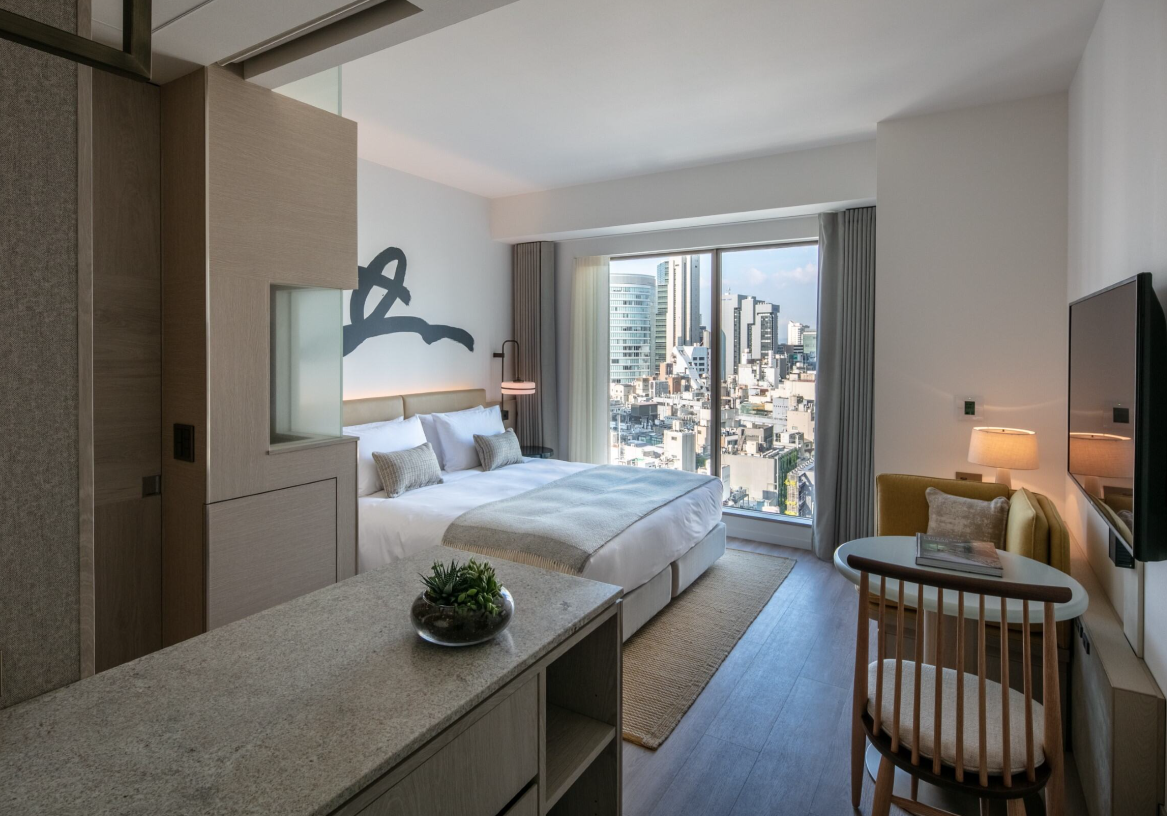
Sitting on the bank of the Dojima River, a 15-minute walk from Zentis Osaka, is an islet of culture. You can spot the building by Ando’s signature concrete design with evenly spaced holes and the massive green apple that children of all ages can’t help but want to run around and play with. Ando, an Osaka native, wanted to give back to the city and proposed a children’s library, paying for construction himself. The three-storey space is filled floor to ceiling with children’s books. The bookshelves snake like rivulets in a masterful exercise in architecture, allowing kids and adults to see through the entire space with almost no blockage. It’s a must-visit for fans of the architect and those wanting to find an hour-long activity with which to occupy their children.
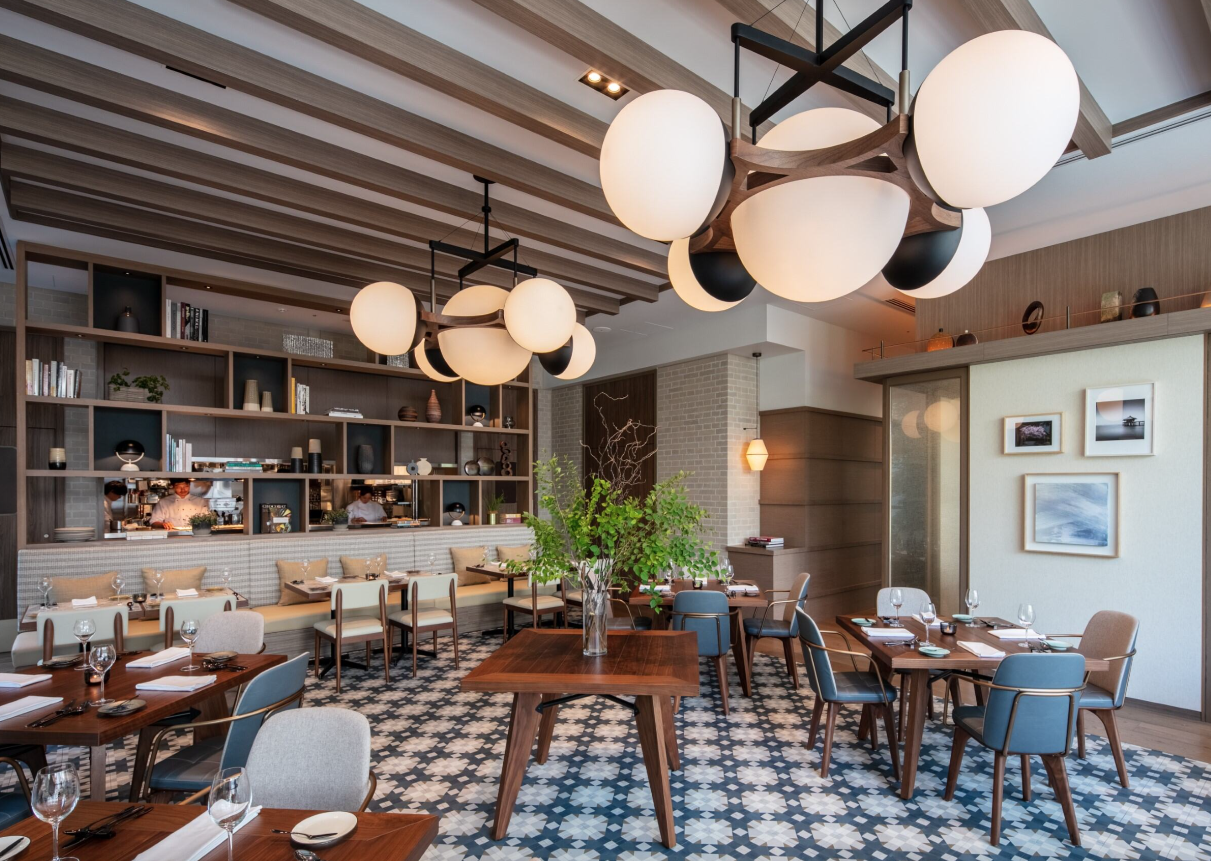
Post-tour, we return to Zentis and while some have dinner plans, I head back to my room to collect laundry to bring to the hotel’s Room 001, where three coin- operated laundry machines sit neatly against a wall for guests to use. There’s also an iron, a shoe-shining service and even a mini library. While I sit and watch my clothes tumble, I make myself a coffee and sit on the couches in the room thinking of curry, crab and Kobe beef, trying to figure out what to have for dinner and how much more I can fit in my stomach before I leave.


